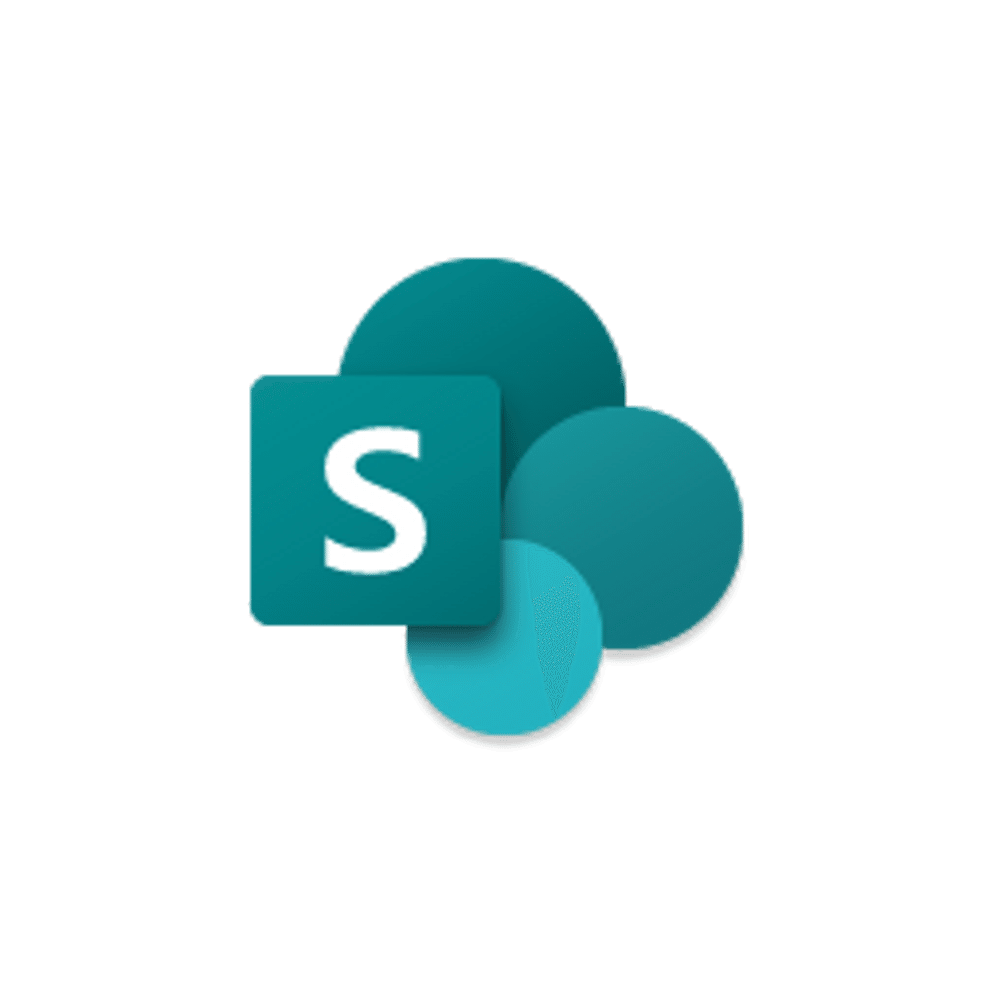Common Solution Architecture Requirement Descriptions you can use

There are some common descriptions when building solutions or technical software architecture documents. With just some tweaks, these can be aligned to most of the requirements the clients usually request.
Here are some common areas of Modern Work Solution architecture and descriptions you can use and tweak to match more close customer requirements.
Document Management
The Solution will utilize SharePoint Online as a central document management system using its built-in capabilities to:
- Store content, documents, and templates
- Apply metadata to the content and documents
- Tag and categorize the content
- Preserve document versions and restore
- Control access to the document at each stage of their lifecycle
- Responsive, dynamic pages are accessible for anyone to create
- Enable users to seamlessly search content and document across the Microsoft 365 services and apps
- Move documents within the organization as team members contribute to the documents' creation, review, approval, publication, and disposition.
- Sync documents and content to local storage
- Enable users to securely share information and contribute between groups and individuals in real-time.
- Enable users access from mobile devices
- Has on-demand storage capacity
- Allows the users to create custom no-code enabled flows to manage content like content approvals, staged reviews, and notification triggers.
- Manage centrally taxonomy used across the organization
- Complies with records management and governance standards
Comms and Content Management
The Solution will utilize Viva Connections as a content hub for corporate messaging and user productivity app. Viva Connections will provide the ability to surface news the everyone in the organization. The Solution will utilize Viva Connections as a central comms content management system. Built-in capabilities include:
- Content that can be accessed by everyone in the org, specific departments, teams, or individuals
- Content that can be shared cross-tenant
- Versioning built-in
- Securely share content
- Tag and categorize the content
- Search, and Insights features built-in
- Approval flows, custom no-code enabled flows
- eDiscovery, sensitivity labels, audit locks, retention, and compliance features built-in
Knowledge Management
The Solutions will utilize Viva Topics as a knowledge and insights hub. Viva Topics uses Microsoft AI technology to curate and make organizational knowledge accessible to everyone. Built-in capabilities include:
- Users can discover knowledge in the apps they use every day through topic cards - they can also find topics in Microsoft Search.
- Subject matter experts (SMEs) curate topics via topic pages, and AI learns from their input. The Topic center contains topic pages that users can explore and experts can manage.
- Artificial Intelligence (AI) identifies and aggregates vital for the organization's knowledge (people, topics, skills, etc.) and automatically displays that knowledge into related topics. All SharePoint security access applies, meaning if Viva Topics indexes secured content, it would show the content only to users with access.
Information Management
Explain how information flows will be implemented.
- The Comms information flow - Viva Connections, Mobile devices, etc.
- The Knowledge information flows - SharePoint site hubs and spokes diagrams.
Metadata Management
The Solution will utilize SharePoint Online functionality to provide a metadata management system using its built-in capabilities to:
- Define metadata fields for content and documents
- Use different data types like text, choice, date, person, and others for their metadata fields
- Add, edit, and remove metadata fields from content and document containers
- Make metadata fields mandatory
- Autocomplete suggestions
- Allow security and access level management of defining the metadata structures.
- Trigger automated flows based on metadata field change
- Allow users to search for content filtering based on metadata fields
Taxonomy and Folksonomy Management
The Solution will utilize SharePoint Online as a centralized taxonomy and metadata management system using its built-in capabilities for users to:
- Add and modify tags to content
- Tagging amendments propagated were used on content in bulk.
- Define organization-wide taxonomy hierarchies
- Integrate with SharePoint search and Microsoft Teams
Social Collaboration
The Solution will utilize Microsoft Teams, SharePoint Online, and Yammer functionality to provide a rich collaboration experience using its built-in capabilities for users to:
- Perform real-time chat, video conferencing, screen share
- Enable users to share information and contribute between groups and individuals securely
- Participate in discussion boards, knowledge threads, channels
- Able to comment, like, share, @mention, and hashtag content
- Able to upvote and select the best answer in a thread
- Able to search for threads, discussions, and messaging
- Access files and content from different devices
Enterprise Search
The Solution will utilize Microsoft Azure Cognitive Search to allow integration for multiple Microsoft 365 services and bank-specific information sources to be sufficed through a unified interface enabling the following capabilities:
- Fully-managed federated search to reduce complexity
- Provide auto-complete, filtering, geospatial search, and faceting functionality for a rich user experience
- Built-in AI capabilities including OCR, key phrase extraction, and named entity recognition to unlock intelligence
- Semantic search capability powered by deep learning models that understand user intent to display and rank the most relevant search results
External Integration
The Solution will utilize Microsoft Power Platform and Microsoft Azure to allow integration of Microsoft 365 services and external services via no-code solutions or code (bespoke) solutions if a no-code solution can't make it possible. Combining these two platforms will allow users to:
- Create no-code Power Automate flows between Microsoft 365 services and connected external services
- Create custom rules and filters within the flows to automate business process
- Apply security and authorization across the flows by using the same Microsoft 365 access and security models
- Configure automated notifications
- Automatically start flows based on events
- Move and archive data between systems
- Integrate complex processes by using cloud technologies
Record Management and Retention
The Solution will utilize Microsoft Pureview (compliance) service to allow the use of the following capabilities to support your records management solution for Microsoft 365 apps and services:
- Label content as a record. Create and configure retention labels to mark content as a record that users can use to label content or automatically apply by identifying sensitive information, keywords, or content types.
- Configure retention and deletion settings with retention labels.
- Configure retention labels with retention periods and actions based on various factors, including the last modified or created date.
- Start different retention periods when an event occurs with event-based retention.
- Review and validate disposition with disposition reviews and proof of records deletion.
- Export information about all disposed of items with the export option.
- Set specific permissions for records manager functions in your organization to have the proper access.
Security and access management
The Solution will utilize Azure Active Directory and Microsoft Identity Platform, as these are the security technologies integrated across Microsoft 365 services allowing to:
- Protect privileged accounts with MFA
- Make sure your organization uses strong authentication
- Implement Privileged Access Management
- Review and govern admin roles
- Restrict user consent operations
- Automate threat response
- Implement a sign-in risk policy
- Implement a user risk security policy
- Monitor Azure AD Connect Health in hybrid environments
- Create security groups
- Create role-based access to different Microsoft 365 services
- Restrict content and sites and containers to authorized users and groups
- Secure custom solutions that integrate with Microsoft 365 services (3rd party apps)
